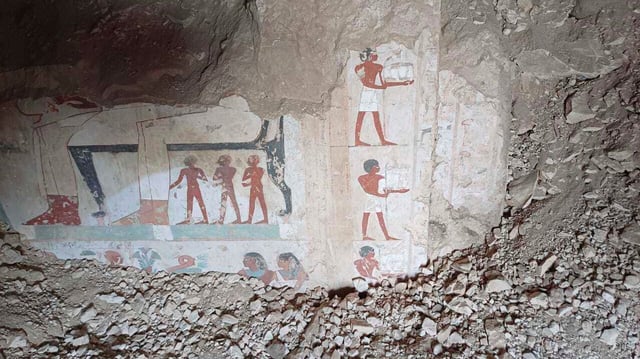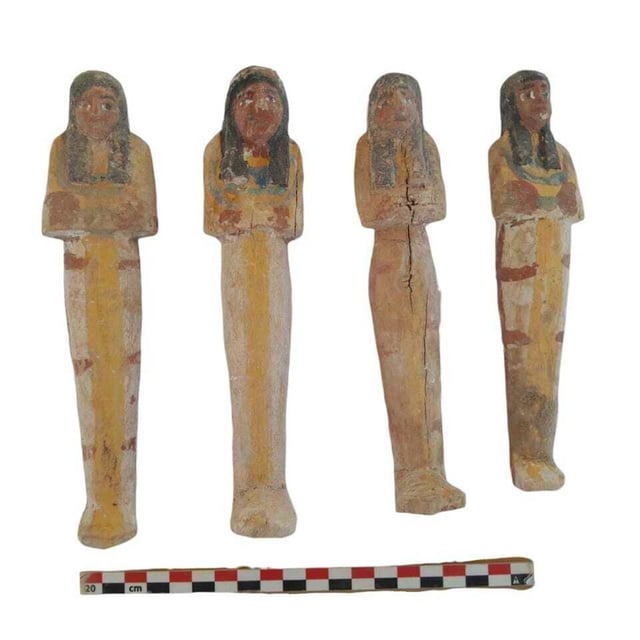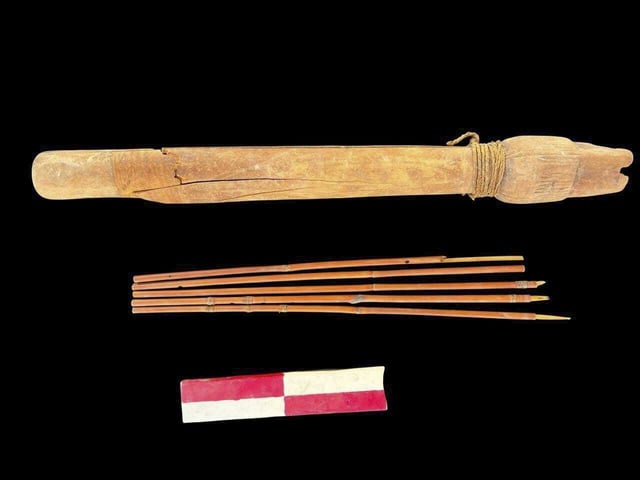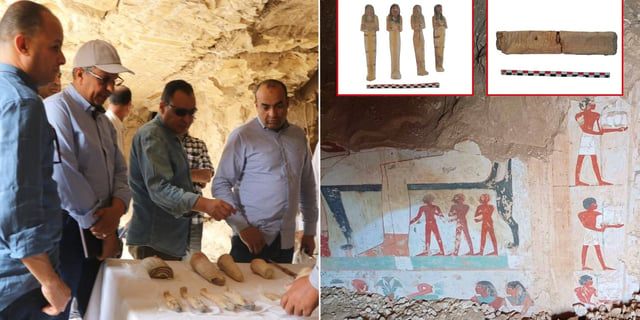Overview
- Archaeologists discovered the graves of Amum-em-Ipet, a Ramesside-period official, alongside two 18th Dynasty figures—grain supervisor Baki and oasis governor ‘S’.
- Inscriptions within the damaged chambers identified each tomb’s occupant and offered rare insights into New Kingdom administrative roles.
- Excavation records detail Amum-em-Ipet’s banquet scenes, Baki’s multi-hall layout ending in a burial well, and the third tomb’s incomplete reception halls.
- The entirely Egyptian-led mission follows January’s unearthing of rock-cut tombs at Queen Hatshepsut’s funerary temple and a February discovery of King Thutmose II’s tomb.
- Officials plan further cleaning and study of inscriptions to deepen knowledge of the tombs’ owners while anticipating a tourism surge before the Grand Egyptian Museum opens.



